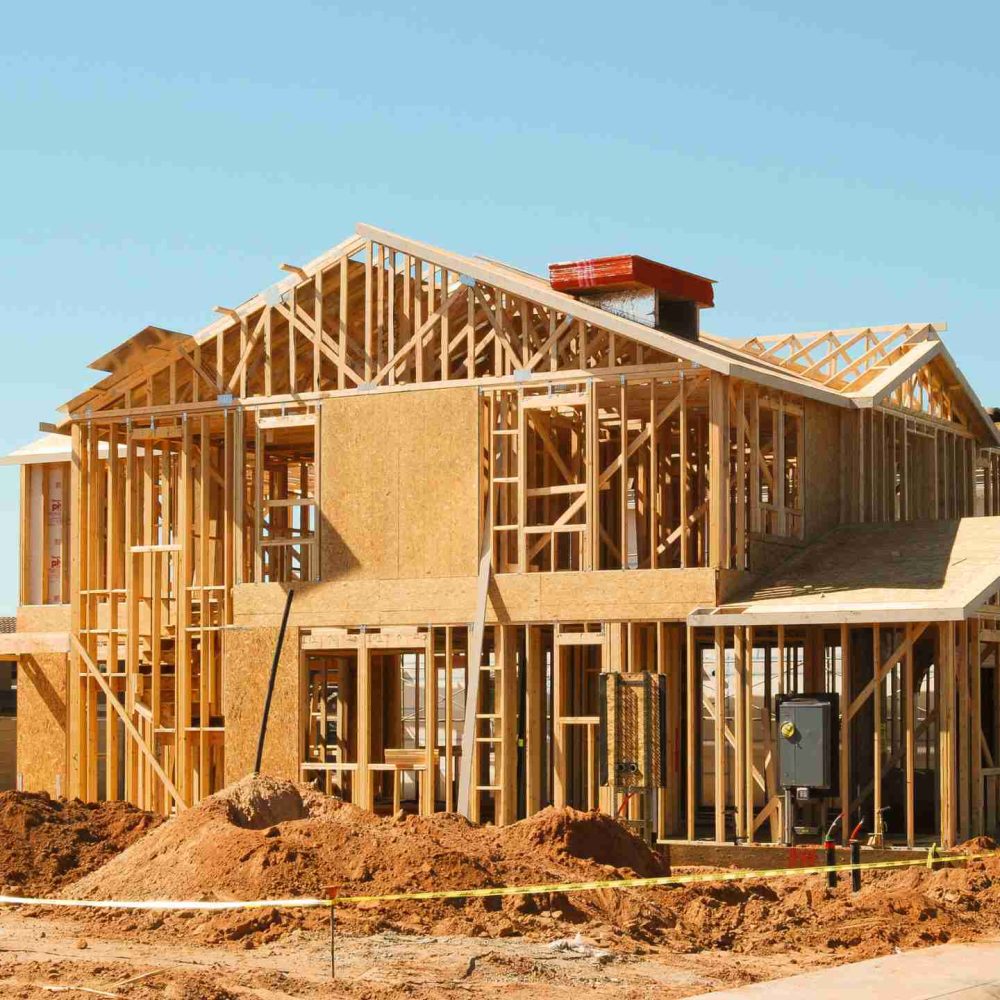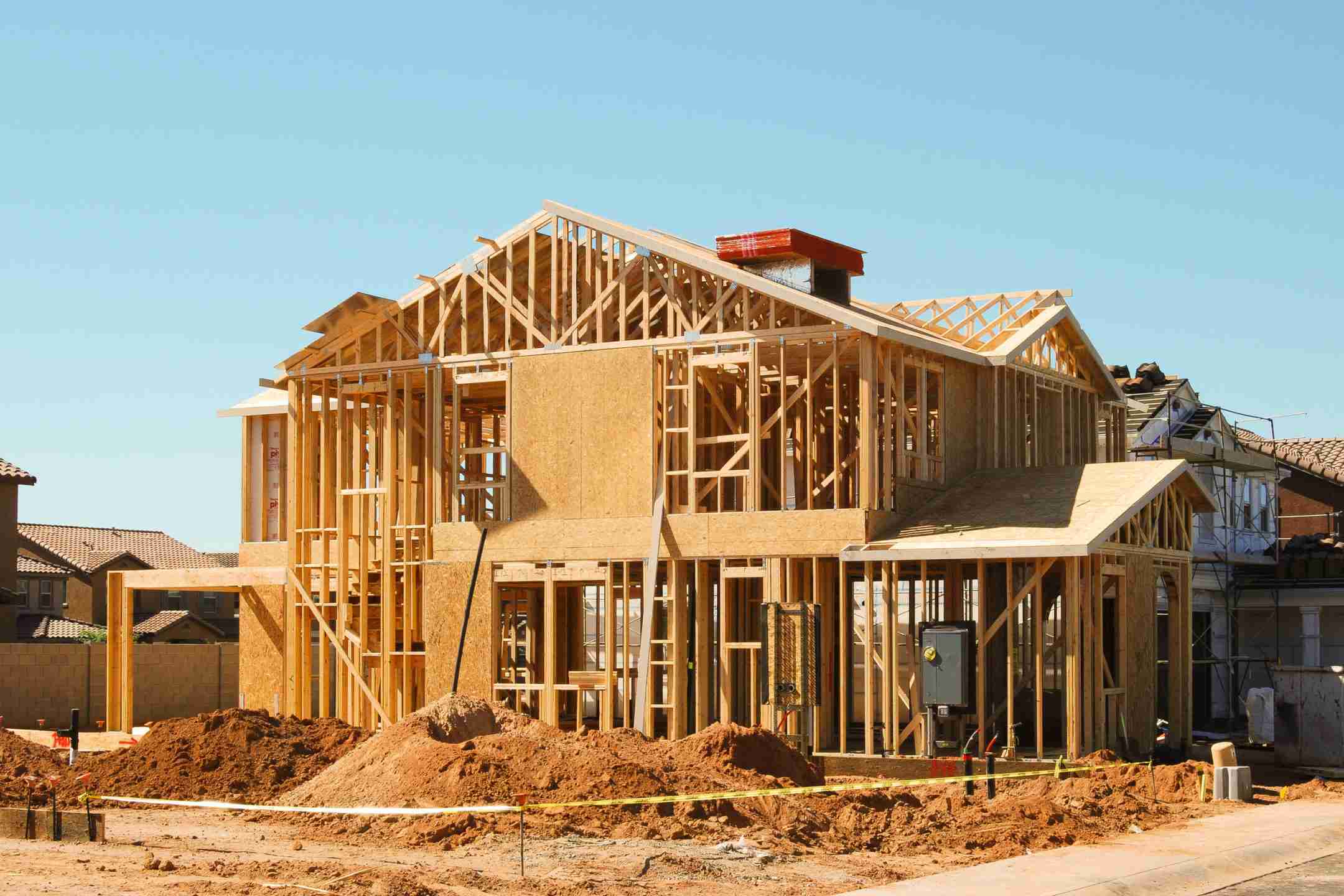Building your dream home can be a daunting task, especially if you are a first-time homebuyer. The excitement of owning a brand-new home, customized to your taste can quickly be dampened by the realization of the financing process. New construction financing is not the same as a regular mortgage, and as such, there are a few things you need to know before beginning the process. In this post, we will explore everything you need to know about new construction financing and loan options, so you can have a smooth and stress-free homebuilding journey.
In this blog:
- Understanding the New Construction Loan Process
- Types of Construction Loans
- How to Qualify for Construction Loans
- Tips for Choosing the Right Lender
- Additional funding options
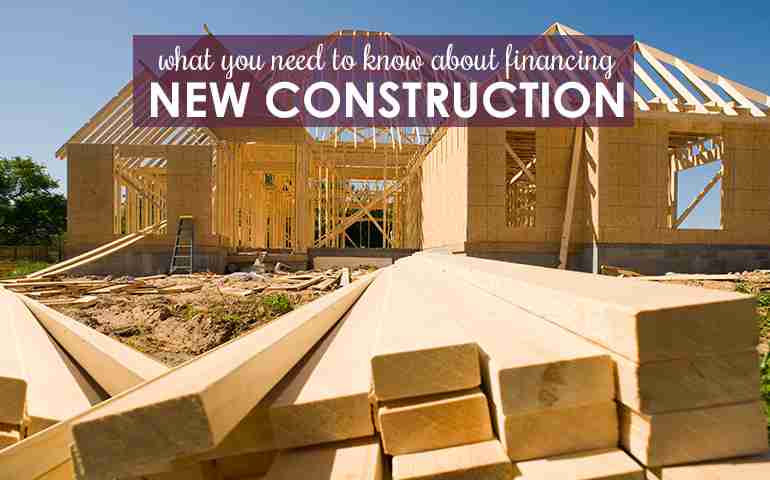
1. Understanding the New Construction Loan Process:
Firstly, let’s define how construction loans work and how they differ from regular mortgages. Construction loans are short-term loans designed for financing new builds. They exist to cover the expenses of building or renovating a home, from paying contractors to buying materials.
As you might imagine, building a house involves many steps. During the different construction phases, contractors require payment, and this disbursement is made from the construction loan. Later, once the construction is complete, the construction loan can be converted into a regular mortgage.
It’s essential to note that construction loans are different from traditional home loans. Obtaining a construction loan depends on various factors, such as the home’s value and the builder’s credit history. Therefore, it is ideal to have all your documentation in good shape and ready to go to speed up the process.
Knowing the new construction loan process will help you plan the financing for your dream home. Don’t hesitate to reach out if you need extra guidance on selecting the right construction loan for your project.
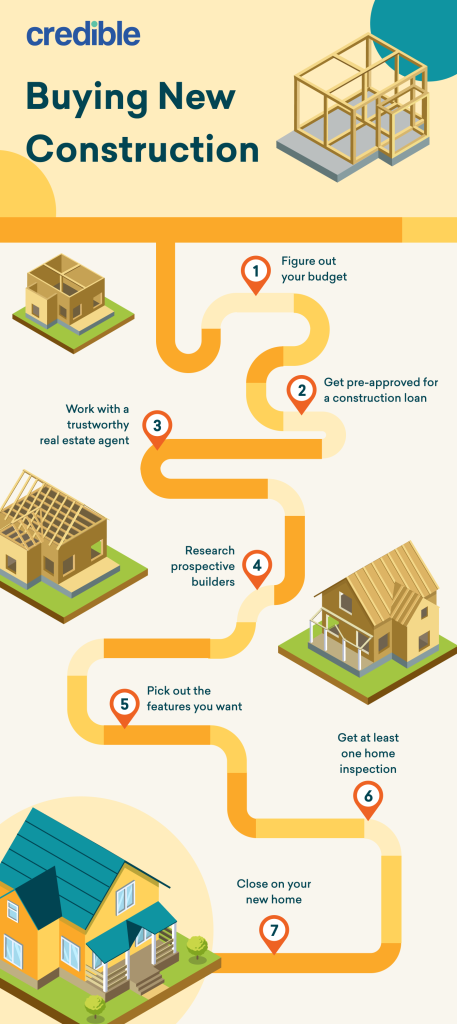
2. Types of Construction Loans Available:
If you’re planning to build your dream home and don’t have the funds to finance it, a construction loan is a perfect option for you. Construction loans come in two types – construction-to-permanent loans (also known as “one close”) and stand-alone (also known as “two-close”) construction loans. Let’s take a closer look at both options.
Construction-to-permanent loans fund both the construction and permanent mortgage all in one. The lender would disburse the funds to the builder in stages during the construction process, and once the building is complete, the construction loan is converted into a permanent mortgage loan. This means that you will be able to pay off both your construction loan and your mortgage loan together over time. Stand-alone construction loans, on the other hand, only finance the building process before you have to take out a separate mortgage loan once the construction process is complete.
Whether you opt for a construction-to-permanent loan or a stand-alone construction loan, ensure that you review the loan requirements to make sure that it works for you. Keep in mind that construction loans typically require higher down payments and have more stringent underwriting requirements. Nonetheless, if you plan well, finding the right loan that fits your construction needs should be straightforward.
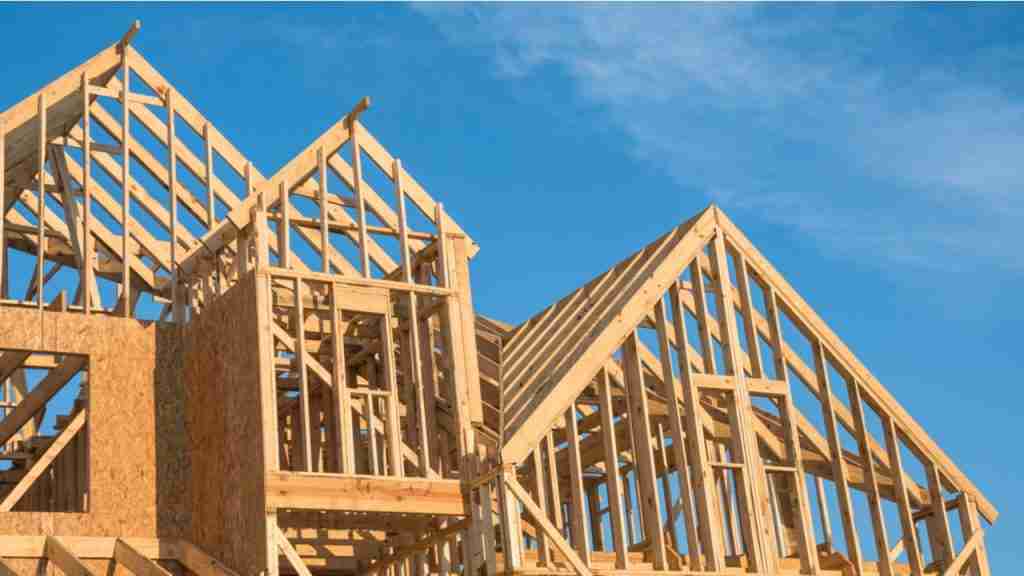
3. How to Qualify for a Home Construction Loan:
Securing a home construction loan is similar to obtaining a traditional mortgage loan, which requires lenders to assess your credit score, debt-to-income ratio, and employment history. Construction loans, however, are usually viewed as riskier by lenders, as they are granted for properties that do not exist yet and therefore, have no resale value. As a result, lenders usually require higher down payments, typically 20% or more of the overall cost of the projected construction.
To qualify for a new home construction loan, you’ll want to ensure you have a solid plan and budget for the new home construction loan. Lenders will require detailed plans, budgets, and contracts for building the property. Familiarizing yourself with industry-specific keywords like “construction document,” “construction loan draw,” “construction-to-permanent loan,” and “construction escrow account,” can help you navigate the process more confidently.
Don’t be discouraged if the process seems complex or daunting, however. With a little research and determination, you’ll be well on your way to beginning construction on your dream home, funded by a home construction loan that’s tailored to your specific needs.
4. Tips for Choosing the Right Lender for Your Construction Loan:
When it comes to finding a lender who can offer you the financial backing you need to fund your upcoming construction project, it’s essential to do your research. With so many lenders out there, finding the perfect match can feel overwhelming, but with these tips, you can streamline your search and feel confident in your final decision.
First and foremost, start by asking friends, family, or contractors in the construction industry for recommendations. Word-of-mouth referrals can be incredibly useful in guiding your search and can give you a unique perspective on what it’s like to work with a particular type of lender.
As you narrow down your list of potential lenders, keep an eye out for those with extensive experience in the construction lending arena. These lenders will have a better understanding of the unique challenges you may face throughout your project and can offer more tailored advice and support.
Additionally, look for lenders who offer competitive rates on construction loans. After all, the costs associated with construction can add up quickly, and securing a loan with the best possible terms can make a significant difference in your bottom line.
When you’re ready to start comparing new home construction loans in earnest, make sure you read the fine print on loan terms and interest rates carefully. Understanding the specifics of your loan can help you avoid any unexpected surprises down the line and can help you feel more in control of your financial circumstances.
Finally, don’t be afraid to ask for a detailed breakdown of all the costs involved in securing a home construction loan. By understanding the financial implications of your loan, you can make informed decisions and keep your project on track from start to finish.
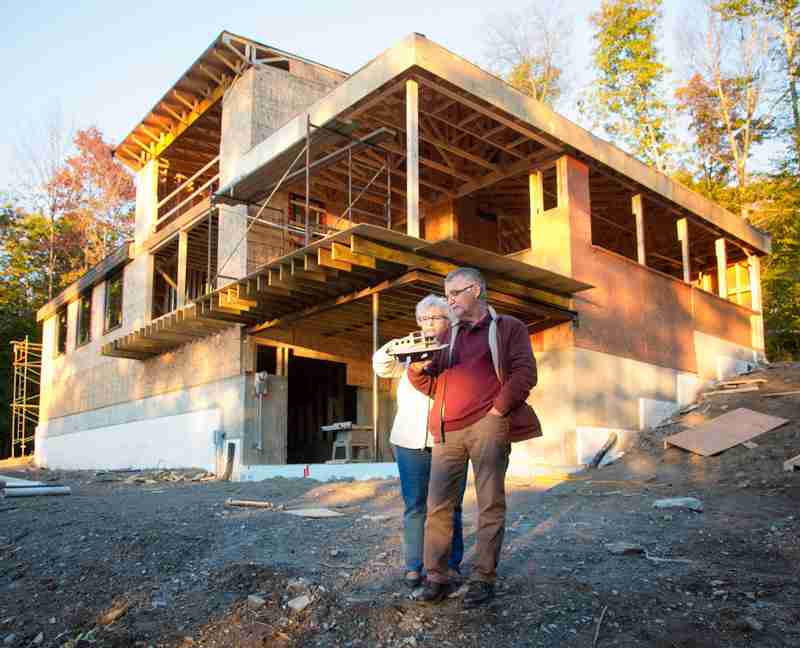
5. Other Financing Options for Building Your Dream Home:
If you’re building your dream home but don’t qualify for a construction loan, have no fear—there are other financing options at your disposal. You can explore taking out a home equity loan, a personal loan, or even borrowing against your retirement accounts. However, it’s important to keep in mind that these options typically come with higher interest rates and may not cover the full cost of construction. That being said, if you’re on a tight budget and a construction loan isn’t an option, it’s worth investigating these other potential avenues for securing the funds you need to bring your dream home to life.
Building your dream home can be an exciting and fulfilling journey, and with the right information, the process can be stress-free. Always do your research, ask questions, and work with trusted professionals to ensure your homebuilding journey is everything you hoped for and more. Good luck on your journey!
If you enjoyed this post, You’ll love our “How to Finance a New Construction Home: A Beginner’s Guide ” post here!

